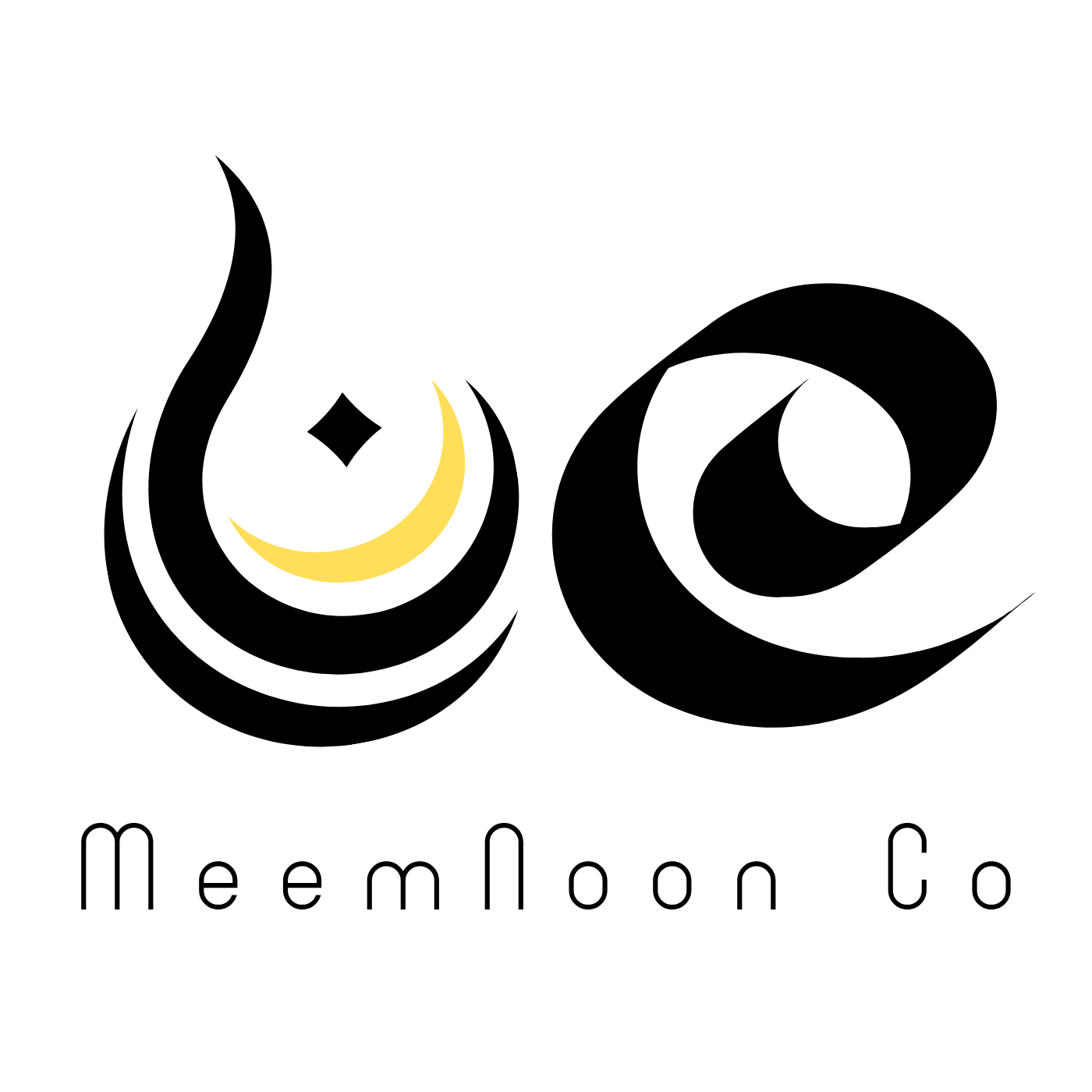The custom merch world is booming—whether it’s t-shirts for your brand, hoodies for your small business, or unique gifts for friends and family. But with so many printing methods available, choosing the right one can feel overwhelming. Two of the most talked-about methods are DTF (Direct to Film) printing and DTG (Direct to Garment) printing.
Both create high-quality, full-color prints, but they work in very different ways. So, which one is right for your project? Let’s break it down.
What is DTG Printing?
Direct to Garment (DTG) printing is exactly what it sounds like—printing directly onto fabric. Think of it as an inkjet printer, but for t-shirts. The design is sent from the computer to the printer, which sprays water-based inks straight onto the garment’s surface.
Key Features of DTG Printing
- 🎨 Soft, high-quality finish – The ink soaks into the fibers, giving a smooth, breathable feel.
- 👕 Best on cotton fabrics – Works especially well with 100% cotton or cotton blends.
- 🌈 Great for detailed designs – Ideal for colorful artwork, gradients, or photographs.
Limitations of DTG Printing
- ❌ Not as effective on polyester or dark synthetic fabrics.
- ❌ Slower for large production runs compared to screen printing or DTF.
- ❌ Pre-treatment of garments is usually required before printing.
In short: DTG is your go-to if you want premium-quality prints on cotton t-shirts with a soft, “no feel” finish.
What is DTF Printing?
Direct to Film (DTF) printing takes a different approach. Instead of printing directly onto the fabric, the design is first printed onto a special transfer film using water-based inks. An adhesive powder is applied, the film is cured, and then the design is heat-pressed onto the garment.
Key Features of DTF Printing
- 🧵 Versatile on fabrics – Works on cotton, polyester, blends, and even tricky materials like nylon.
- 💪 Durable and long-lasting – Strong wash resistance, ideal for everyday wear.
- 🌈 Vibrant prints – Colors pop with excellent opacity, even on dark fabrics.
- 🚀 Faster production – Transfers can be prepared ahead of time and applied when needed.
Limitations of DTF Printing
- ❌ The print sits on top of the fabric, so it has a slightly different “hand feel” than DTG.
- ❌ Requires special films and adhesive powder, which adds steps to the process.
In short: DTF is your choice if you want vibrant, durable prints across a wide range of fabrics.
DTF vs DTG: The Key Differences
FeatureDTG PrintingDTF PrintingFabric CompatibilityBest on cotton (100% or blends)Works on cotton, polyester, blends, nylonPrint FeelSoft, breathable (ink absorbed into fibers)Slightly raised, sits on fabric surfaceColor VibrancyExcellent for detailed designs on light fabricsVery vibrant, even on dark fabricsDurabilityGood, but may fade faster with heavy washingStrong wash resistance, long-lastingProduction SpeedSlower, garment by garmentFaster, transfers can be pre-madeBest Use CasePremium cotton t-shirts with soft finishVersatile merch, durable prints, small business runs
Which Should You Choose?
The choice between DTF and DTG really comes down to your goals, your audience, and the types of products you want to create.
- Choose DTG if:
- Your focus is on high-quality cotton apparel.
- You want the softest possible print feel.
- You’re printing detailed artwork, photos, or gradients.
- Choose DTF if:
- You need flexibility across many fabric types.
- Durability and wash resistance are a priority.
- You want a method that scales better for small businesses.
Final Thoughts
Both DTF and DTG printing have their place in the custom merch world. DTG shines for premium cotton garments with a soft, luxurious feel, while DTF stands out for its versatility, vibrancy, and durability across multiple fabrics.
If you’re a small business owner or creator, the good news is—you can’t go wrong with either. The right choice depends on what you’re making, who you’re making it for, and how you want your products to be used.
✨ Whether you’re building a merch line, creating personalized gifts, or testing out new designs, understanding the strengths of both methods will help you choose wisely and create with confidence.
📌 Pro tip: If you’re still unsure, order test prints with both methods. Seeing and feeling the difference firsthand is the best way to decide what’s right for your brand.



Comments ()